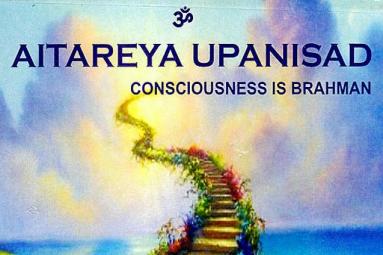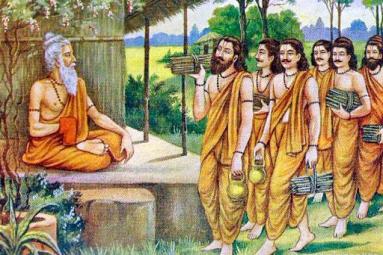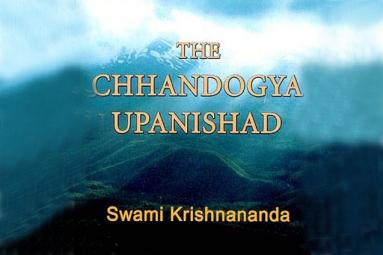
(Image source from: DELUSION OF CULTURE)
The Chandogya Upanishad (Devanagri) is one of the "primary" (mukhya) Upanishads. Together with the Jaiminiya Upanishad Brahmana and the Brihadaranyaka Upanishad it ranks among the oldest Upanishads, still dating to the Brahmana period of Vedic Sanskrit (before 300 BCE, most likely about the 8th to 7th century BCE). It is associated with the Kauthuma Shakha of the Samaveda. It figures as number 9 in the Muktika canon of 108 Upanishads.
It is part of the Chandogya Brahmana, which has ten chapters. The first two chapters of the Brahmana deal with sacrifices and other forms of worship. The other eight constitute the Chandogya Upanishad.Though there are more than two hundred Upanishads, ten are principal. These are called the Dashopanishads and are known for their philosophical depth, having become popular through the commentaries of Adi Shankara and Madhvacharya.
Along with Brhadaranyaka Upanishad, the Chandogyopanishad is an ancient source of principal fundamentals of Vedanta philosophy. A number of references made to this Upanishad in Brahma sutras indicate the special importance of this Upanishad in Vedantic philosophy. Important Upasana's such as Dahara vidya and Shandilya vidya are its speciality.







